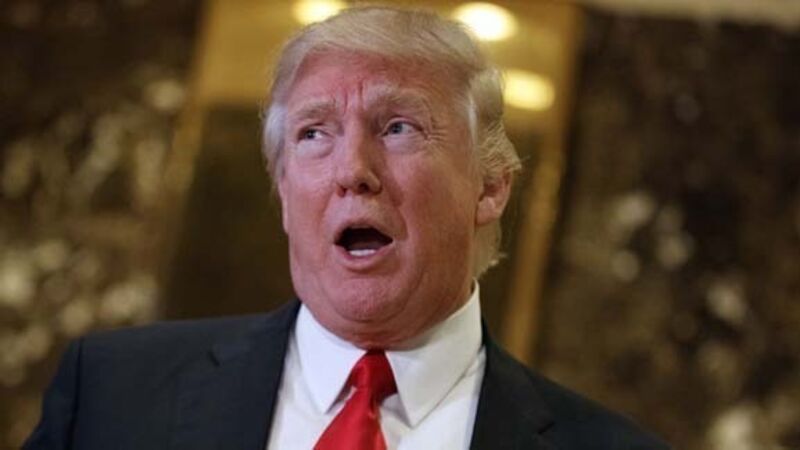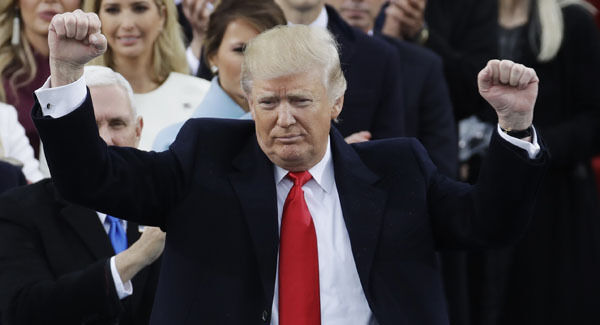Doubts Donald Trump’s growth spurt can be sustained

This represents the economy’s best quarterly performance in four years.
In year-on-year terms, GDP growth picked up to 2.8%, a three-year high.
The underlying data show that the firm growth was broad-based, with consumer spending making the most significant contribution.
Household spending is being boosted by lower taxes in the US, as well as the robust jobs market.
Business investment continued to increase strongly, while there was also a surge in exports, ahead of the introduction of retaliatory tariffs by China on some US goods.
Labour market data remained very strong in the second quarter.
Non-farm payrolls recorded an average, monthly increase of 230,000 in the quarter.
This was slightly higher than the monthly average of 218,000 seen in the first quarter.
These are very robust jobs figures.
Strong employment growth, and a fall in the participation rate, saw the unemployment rate decline to below 4% in the second quarter, its lowest level in 18 years.
Growth in the US economy has gained momentum since the president, Donald Trump, took office, at the start of 2017.

It is worth noting, though, that activity has strengthened outside the US, also, with the global economy registering its strongest growth performance, in 2017 and 2018, since the start of the decade.
Thus, the recent, strong economic performance is not unique to the US.
Trump’s policies, though, are pump-priming the economy.
US stock markets have risen to elevated levels, on the back of cuts in corporate taxes and a bias in favour of deregulation.
Income taxes have been cut and government spending has been increased, as Trump pursues an overtly expansionary fiscal policy.
Thus, the strengthening of US growth is not surprising and has been widely forecast for some time.
The IMF is forecasting that US GDP will grow by 2.9% this year and 2.7% in 2019, up from 1.6% in 2016 and 2.2% in 2017. The question is whether this strong performance can be sustained.
There are real doubts that it can.
The US budget deficit is on a sharp upward trajectory, as a result of the loosening of fiscal policy.
The deficit is forecast to rise to €800bn this year and close to €1trn in 2019-2020, or 4.5% of GDP, more than double its recent levels.
This leaves the US public finances ill-prepared for any slowdown in economic activity.
Meanwhile, the US Federal Reserve has been increasing interest rates steadily and they look set to continue rising, over the next couple of years.
The Fed has already raised rates from near zero to close on 2%.
It is projecting that rates could rise to near 3.5%, by 2020.
The US economy could slow appreciably from 2020 onwards, as the impact of the fiscal stimulus fades and higher interest rates start to weigh on activity.
The current US expansion is now the second longest on record.
It will become the longest if it lasts until next June, which seems likely.
Ideally, fiscal policy should be eased to temper any slowdown in activity.
However, it seems that this option will not be available to the US, given that budgetary policy is already being loosened quite aggressively.
This greatly limits the scope for future action.

















